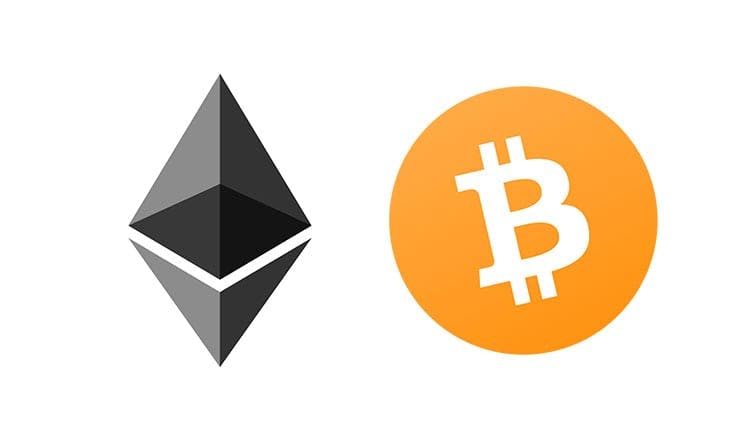
Importance of EVM & Difference Between Bitcoin and Ethereum
January 6, 2025
Cryptocurrencies have been making headlines in recent years, with Bitcoin being the most well-known. However, there is another cryptocurrency that has been gaining traction in recent years, and that is Ethereum. In this post, we will discuss the importance of the Ethereum Virtual Machine (EVM) and the differences between Bitcoin and Ethereum.
Introduction to Bitcoin and Ethereum
Bitcoin was created in 2009 as the world's first decentralized digital currency. It is a peer-to-peer system that allows for secure and anonymous transactions without the need for a central authority. Ethereum, on the other hand, was created in 2015 as a platform for decentralized applications. It introduced the concept of smart contracts, which are self-executing agreements that can automate complex financial transactions.
Understanding the EVM
The Ethereum Virtual Machine (EVM) is a crucial component of the Ethereum network. It is a virtual machine that executes smart contracts on the blockchain. The EVM enables developers to write smart contracts in high-level programming languages such as Solidity, and then compile them into bytecode that can be executed on the Ethereum network. The EVM is important because it enables the development of decentralized applications that can automate complex financial transactions.
The Differences Between Bitcoin and Ethereum
Bitcoin and Ethereum differ in many ways. Bitcoin's underlying technology is based on a peer-to-peer network that uses a proof-of-work consensus mechanism. Ethereum, on the other hand, uses a proof-of-stake consensus mechanism that enables faster transaction processing and reduces energy consumption. Ethereum also has its own programming language, Solidity, which is used to write smart contracts. Bitcoin, on the other hand, uses a simpler scripting language that is more limited in its capabilities.
Smart Contracts and Decentralized Applications
Smart contracts are self-executing agreements that are stored on the blockchain. They can be used to automate complex financial transactions and reduce the need for intermediaries. Decentralized applications (dApps) are built on top of the Ethereum network and use smart contracts to provide a more secure and transparent alternative to traditional web applications. Some examples of dApps include decentralized exchanges, prediction markets, and crowdfunding platforms.
Future Implications and Challenges
The potential for blockchain technology is vast, but there are also many challenges that need to be addressed. One of the biggest challenges is scalability. The Ethereum network, in particular, has struggled with scalability issues in the past. Another challenge is security. Smart contracts are vulnerable to hacking and other attacks, so it is important to ensure that they are written properly and audited regularly. Finally, there are regulatory challenges that need to be addressed. Governments around the world are still trying to figure out how to regulate cryptocurrencies and blockchain technology.
Conclusion
In conclusion, the Ethereum Virtual Machine (EVM) is a crucial component of the Ethereum network that enables the development of decentralized applications and smart contracts. While Bitcoin and Ethereum share some similarities, they differ in many ways, including their underlying technology and programming languages. Smart contracts and decentralized applications have the potential to revolutionize the way we think about finance and the internet, but there are also many challenges that need to be addressed. The future of blockchain technology is exciting, but it will require careful thought and consideration to realize its full potential.